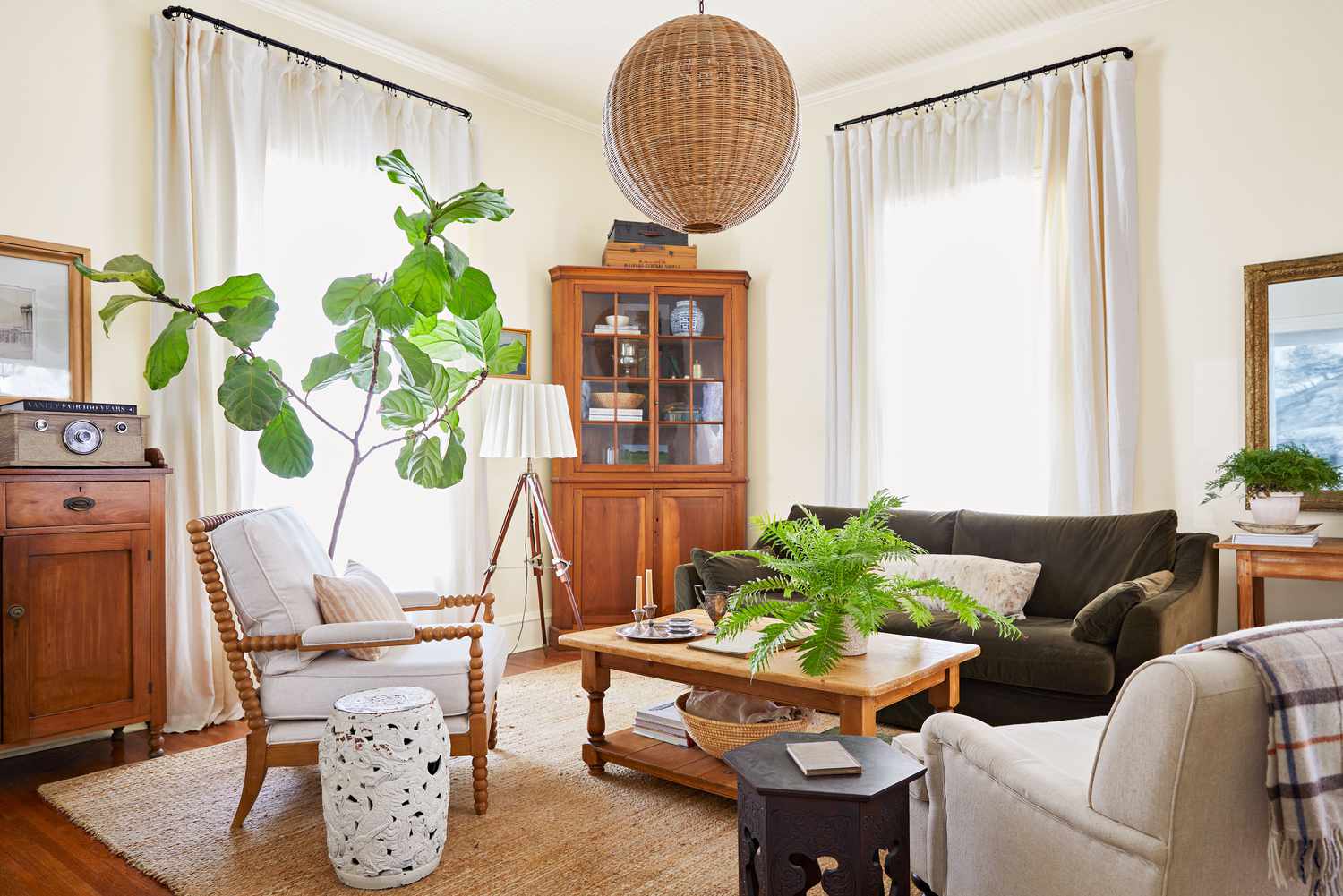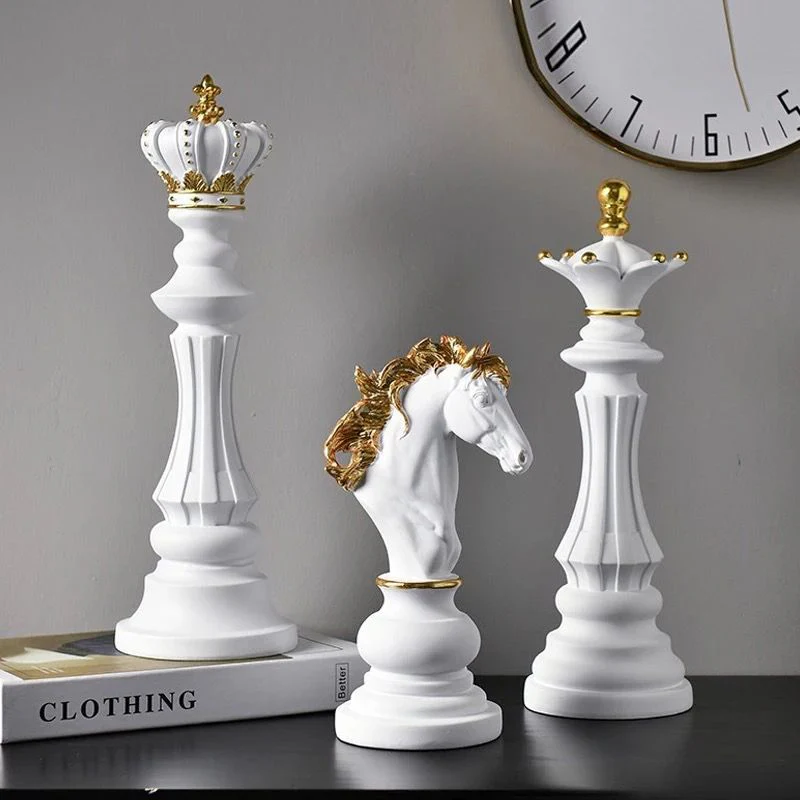Choosing the right colors for your bedroom is essential in creating a space that feels both inviting and restful. The color palette you choose can significantly impact your mood, sleep quality, and how much you enjoy spending time in the room. Whether you’re looking to create a calm sanctuary, a vibrant escape, or a cozy retreat, the right shades can set the tone for your entire room. To help you make the best choice, we’ve gathered insights from 10 designers who share the bedroom colors they always recommend.
1. Soft Blue – Emily Henderson
Emily Henderson, a renowned stylist and designer, is a huge advocate for soft, muted blues in the bedroom. “Blue is universally calming,” she says. “It’s a soothing color that evokes serenity, making it perfect for a space where relaxation is key.” A pale blue can bring in a sense of tranquility, which is essential for a restful night’s sleep. Additionally, blue pairs well with white, gray, and even earthy tones, making it a versatile option for different design styles.
2. Neutral Beige – Joanna Gaines
Joanna Gaines, co-founder of Magnolia, frequently recommends neutral beige tones for the bedroom. According to Gaines, these warm, earthy colors offer a timeless, peaceful atmosphere. “Beige can warm up a space without being too overpowering,” she explains. It creates a versatile backdrop that allows for accent colors in furniture and accessories. Whether you prefer modern, farmhouse, or bohemian, beige serves as a perfect neutral foundation for any bedroom design.
3. Rich Navy – Nate Berkus
Interior designer Nate Berkus often opts for deep, rich shades like navy for his clients’ bedrooms. “Navy is sophisticated yet calming,” Berkus explains. “It has a quiet elegance and works wonders in creating a cocoon-like atmosphere.” Navy walls paired with white bedding or gold accents can bring both comfort and luxury to the room. Berkus believes this color adds drama without overwhelming the space, making it an excellent choice for bedrooms that need a bit more depth and richness.
4. Soft Gray – Kelly Wearstler
Kelly Wearstler, a designer known for her bold and eclectic style, often recommends soft grays for bedrooms. “Gray is one of the most versatile colors,” she says. “It can feel warm or cool depending on the undertones, making it adaptable to different styles and lighting conditions.” A light gray creates a serene, balanced environment that complements a variety of other colors. Wearstler recommends pairing gray with metallic finishes, natural textures, and bold accents for a modern yet calming bedroom.
5. Warm Taupe – Studio McGee
For Studio McGee, warm taupes are a favorite for creating cozy, inviting bedroom spaces. “Taupe has a unique ability to feel both warm and grounded,” says the design duo behind the studio. “It’s not too stark, like white, but still offers a clean, neutral backdrop.” Taupe’s richness is ideal for making the room feel both sophisticated and welcoming. It pairs well with earthy tones like terracotta, rust, or sage for an inviting and tranquil space.
6. Soft Lavender – Jonathan Adler
Jonathan Adler, a designer known for his playful and chic style, recommends soft lavender for bedrooms. “Lavender has a calming energy that is perfect for a bedroom,” Adler explains. “It’s a gentle hue that doesn’t feel too feminine or overly soft, making it an excellent option for all types of bedroom aesthetics.” The subtle nature of lavender can evoke feelings of relaxation and tranquility. It pairs beautifully with soft grays, whites, and metallics, adding a touch of serenity without being too sweet.
7. Earthy Olive Green – Leanne Ford
Leanne Ford, a designer with a minimalist yet earthy style, often chooses olive green for bedrooms. “Green is a color that’s always grounding,” Ford says. “Olive green is perfect because it’s a muted shade that feels fresh and natural without being too bright or jarring.” This deep, earthy color can create a calming, nature-inspired atmosphere in your bedroom. Olive green pairs beautifully with wood tones, cream, and other nature-inspired elements for a balanced and calming space.
8. Soft Peach – Shea McGee
Shea McGee of Studio McGee is known for her fresh, bright designs, and one of her go-to colors for the bedroom is soft peach. “Peach is a warm, welcoming color that immediately creates an uplifting, optimistic vibe in the bedroom,” McGee explains. “It’s a bit more unexpected than traditional neutrals, but still soft enough to work in a restful space.” The warmth of peach makes it perfect for balancing out cooler tones and can create a cozy, inviting bedroom that still feels fresh and airy.
9. Crisp White – Jean Stoffer
Jean Stoffer, a designer known for her elegant, classic interiors, often turns to crisp white as her go-to bedroom color. “White has an unparalleled ability to make a space feel fresh, clean, and airy,” Stoffer explains. “It’s also incredibly versatile—it serves as the perfect canvas for any other colors you want to introduce through accents, textiles, and furniture.” A white bedroom can feel spacious, bright, and calming, perfect for those who love a minimalist or contemporary aesthetic. For added warmth, pair white with rich textures like wood or woven fabrics.
10. Deep Charcoal – Sarah Sherman Samuel
Sarah Sherman Samuel, a designer known for her sophisticated and contemporary approach, is a fan of deep charcoal tones for the bedroom. “Charcoal has the same calming effect as navy but with a bit more edge,” Samuel explains. “It’s a modern, moody color that can make a bedroom feel cozy and intimate.” This color works wonderfully in creating a cocoon-like atmosphere, especially when combined with soft, luxurious fabrics like velvet or silk. Charcoal pairs beautifully with lighter accents, such as soft whites or metallics, for a balanced, inviting space.
Conclusion
The colors you choose for your bedroom can have a lasting impact on your mood and comfort. Whether you lean towards calming neutrals, bold tones, or subtle pastels, the key is finding a hue that complements your personal style while promoting relaxation and tranquility. Designers across the board recommend shades like soft blues, warm taupes, and rich navy for their ability to create a serene atmosphere, but ultimately, it’s about selecting a color that feels right for you and your space.



